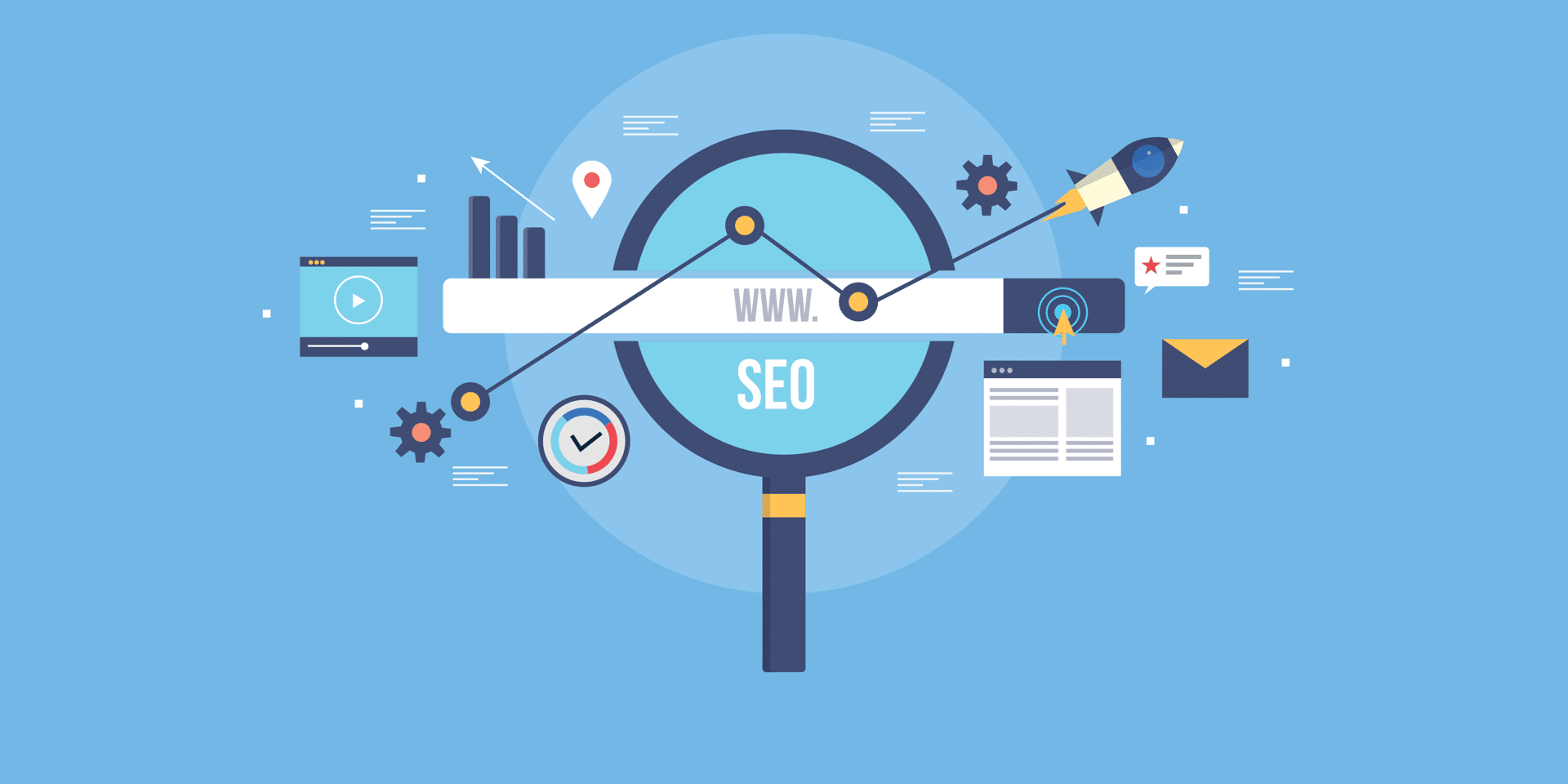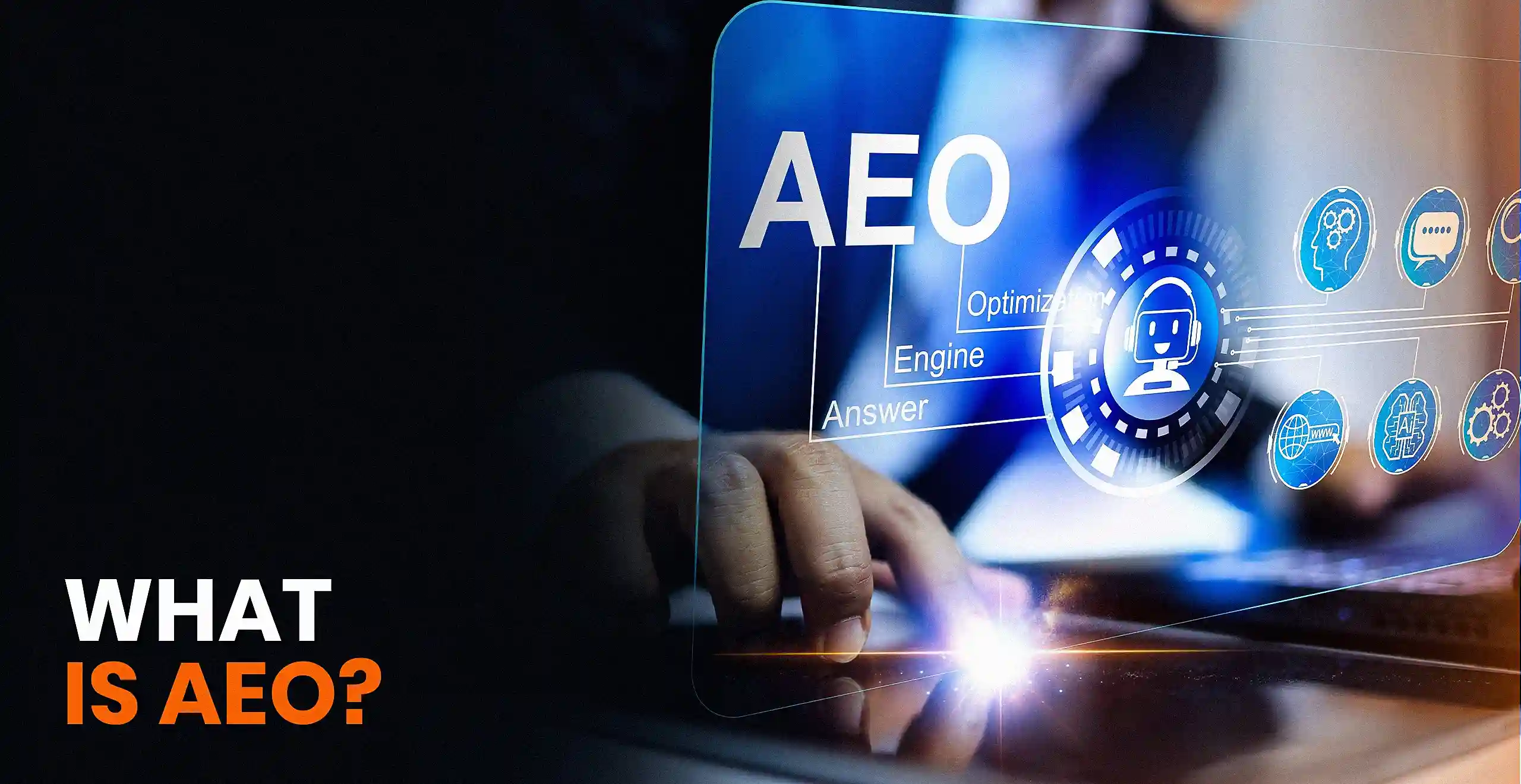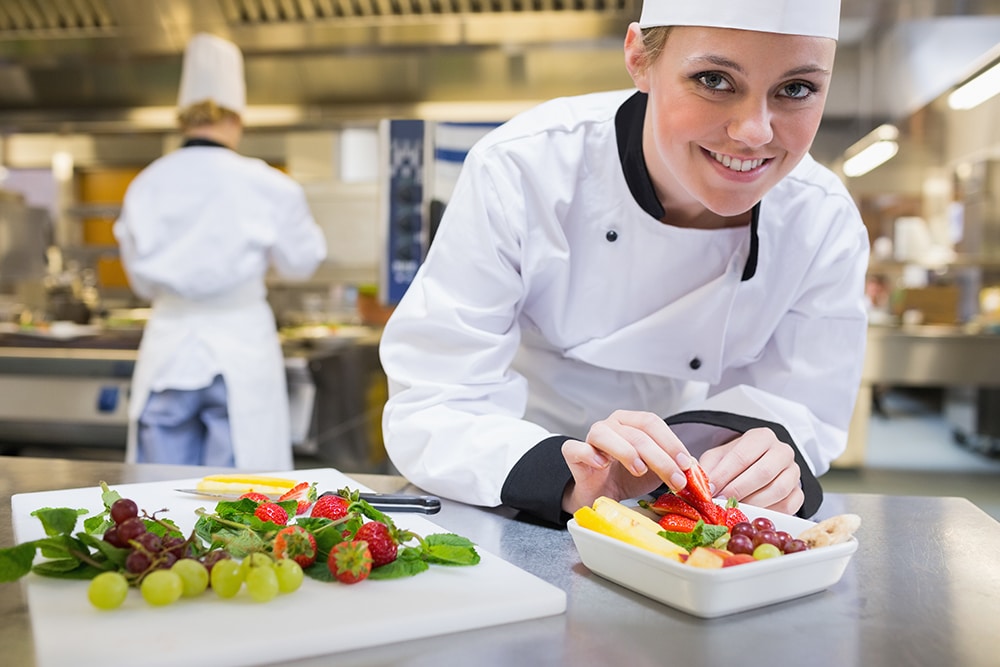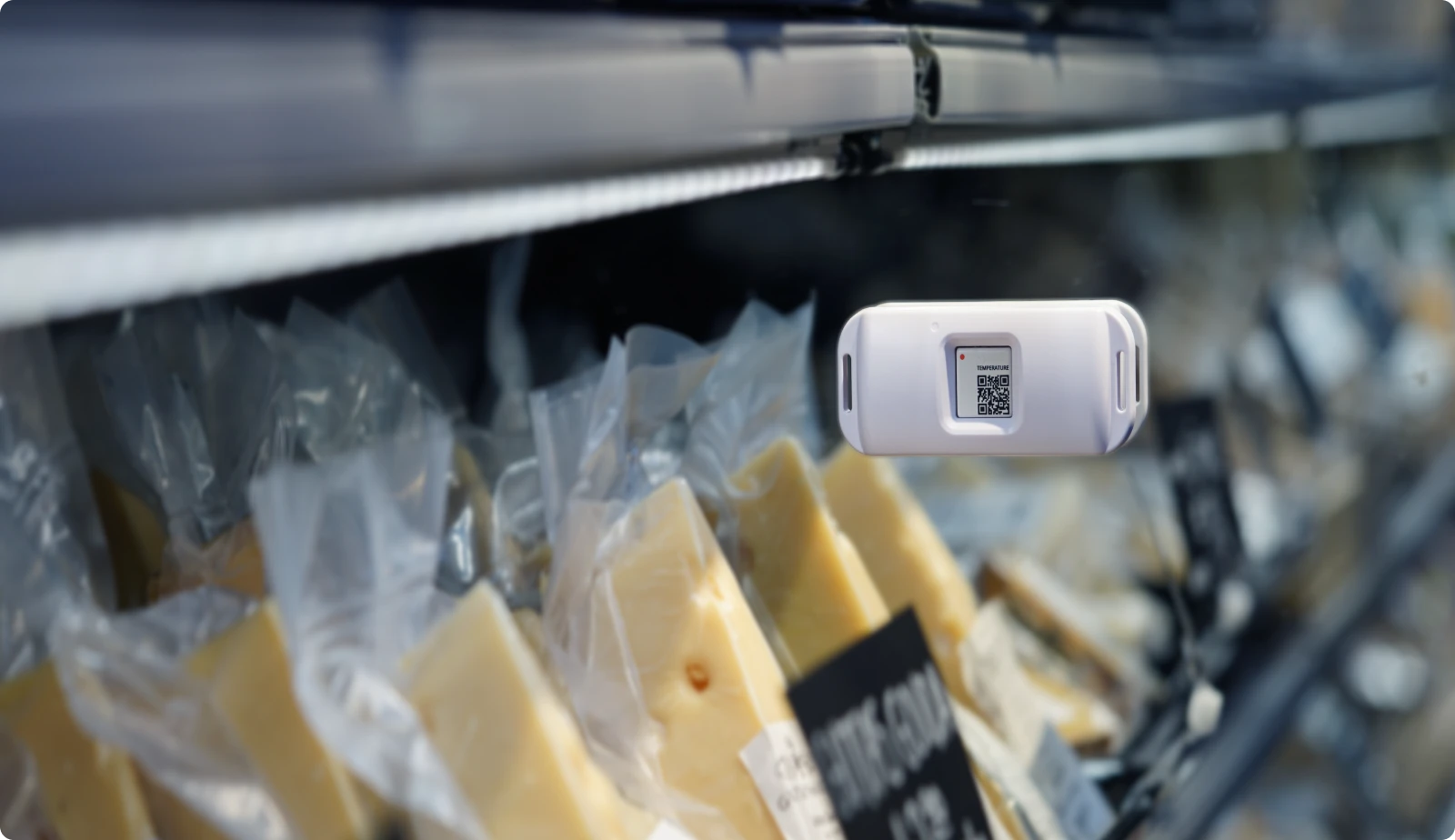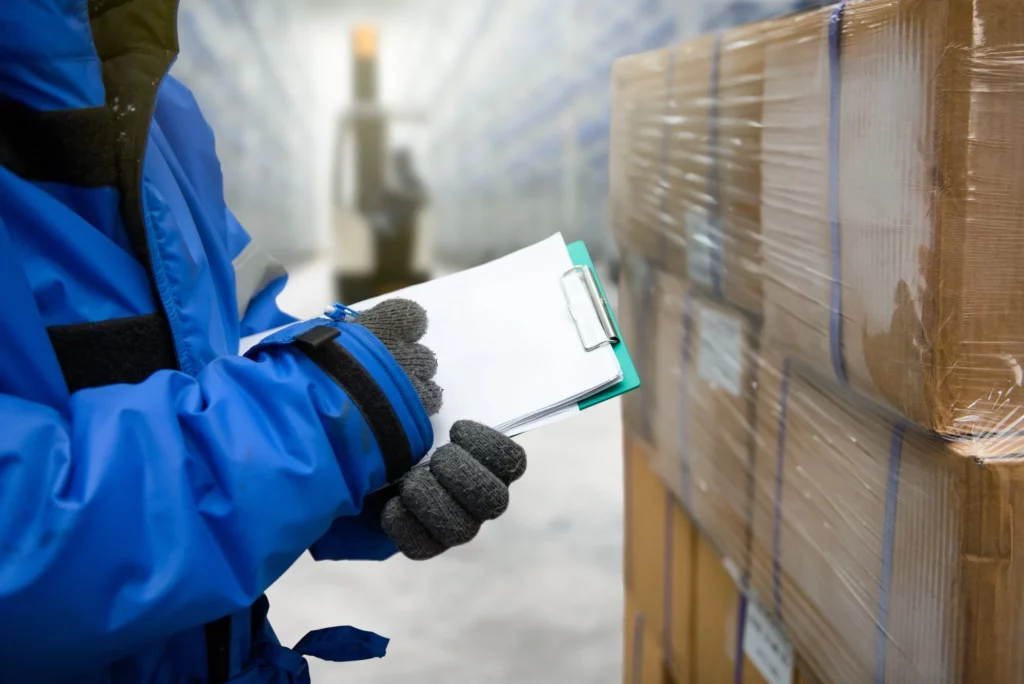
Why Are Food Temperature Monitoring Systems Important For Ensuring Consistent Safety?
Food safety is crucial in the food service industry as it directly affects public health and the reputation of businesses. To prevent bacterial growth, reduce spoilage, and uphold food quality standards, it is essential to control the temperature properly during food handling and preparation.
Temperature monitoring systems are your primary defence against illnesses caused by food. These systems ensure that specific temperature conditions are accurately tracked and maintained throughout every stage of the food process:
- Storage: Keeping refrigerated items at 5°C or below
- Cooking: Ensuring foods reach safe internal temperatures
- Holding: Maintaining hot foods above 63°C
- Transportation: Preserving temperature integrity during delivery
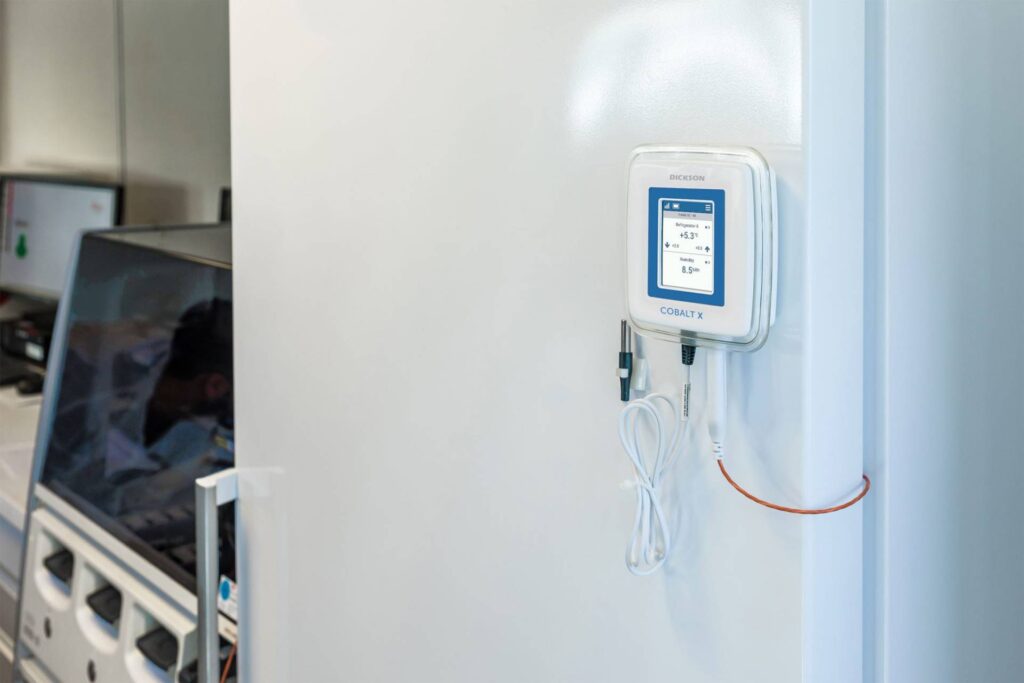
The Benefits of Automated Monitoring
The transition from manual to automated monitoring represents a significant improvement in managing food safety. Previously, traditional methods relied on staff members manually checking and recording temperatures at predetermined intervals, which allowed for human error and oversight. However, modern automated systems offer several advantages:
Food Temperature Monitoring Systems are essential for ensuring food safety in today’s world. These systems turn complex data into easy-to-understand information, helping businesses uphold the highest safety standards in their operations.
- Real-time temperature readings
- Continuous monitoring without gaps
- Accurate digital records
- Instant alerts for any breaches in temperature
This technological advancement has completely transformed how businesses approach food safety, making the monitoring process more reliable and efficient. With automated systems in place, you can maintain consistent safety standards while minimising the risk of incidents related to temperature and food safety.
Learn more on: Wireless Freezer Temperature Monitoring: Protecting Cold Chain Integrity
How Do Automated Food Temperature Monitoring Systems Work?
Automated food temperature monitoring systems operate through a sophisticated network of digital sensors and smart technology. These systems use wireless sensors placed at strategic points throughout food storage and preparation areas to capture real-time temperature data.
Core Components of Automated Systems:
- Digital Sensors: High-precision probes that measure temperatures from -30°C to 200°C
- Wireless Transmitters: Send data from sensors to central monitoring stations
- Cloud-Based Software: Processes and stores temperature readings in secure databases
- Alert Systems: Generate notifications when temperatures fall outside safe ranges
The sensors continuously measure temperatures at preset intervals, typically every 15-30 minutes. Each reading gets transmitted through secure wireless networks to a central monitoring station. The system’s software analyses this data against predetermined safety thresholds.
Real-Time Tracking Benefits:
- Instant alerts via SMS, email, or push notifications when temperatures deviate
- Historical data logging for compliance reporting
- Automated documentation of corrective actions
- Remote monitoring capabilities through mobile apps
When temperature variations occur, the system triggers immediate alerts to designated staff members. This rapid response capability allows quick corrective actions before food safety becomes compromised.
Environmental Adaptability
Different food storage environments require specific monitoring approaches:
- Refrigerated Units: Sensors with extended battery life for constant cold monitoring
- Cooking Areas: Heat-resistant probes for high-temperature measurements
- Transport Vehicles: GPS-enabled sensors for mobile temperature tracking
- Dry Storage: Combined temperature and humidity monitoring
The system’s accuracy remains consistent across these varied environments, maintaining precision within ±0.5°C. This level of accuracy ensures compliance with food safety regulations while providing detailed insights for quality control measures.
These automated systems integrate with existing kitchen management software, creating a comprehensive food safety ecosystem. The data collected helps identify patterns, predict potential issues, and optimise storage conditions for different food types.
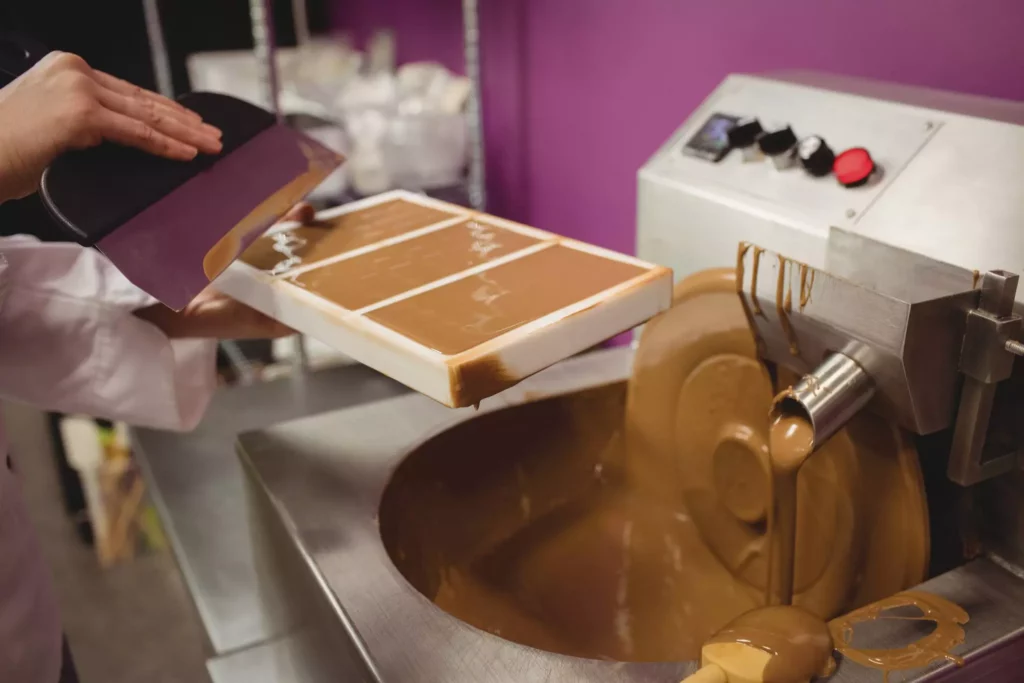
What Are The Key Advantages Of Implementing Automated Temperature Monitoring In The Food Industry?
Automated temperature monitoring systems deliver substantial benefits across the food industry, transforming traditional operational methods into streamlined, efficient processes.
1. Consistent Compliance Assurance
- Real-time compliance tracking eliminates gaps in food safety documentation
- Automated systems maintain precise records of temperature readings at set intervals
- Digital documentation meets regulatory requirements for HACCP and food safety standards
- Built-in alerts notify staff when temperatures deviate from safe ranges
2. Significant Cost Reductions
- Elimination of manual temperature checks saves 2-3 labour hours per day
- Reduced food waste through early detection of equipment malfunctions
- Decreased risk of costly food safety incidents and associated penalties
- Lower insurance premiums due to documented safety protocols
3. Enhanced Operational Efficiency
- Instant access to temperature logs from any device
- Automated report generation for health inspections and audits
- Customisable dashboards display critical data at a glance
- Integration with existing kitchen management systems
The implementation of systems like Squizify’s temperature monitoring solution creates a ripple effect of improvements across food service operations. Staff members previously tasked with manual checks can focus on customer service and food preparation. The digital record-keeping system eliminates paper logs, reducing storage needs and environmental impact.
These automated systems prove particularly valuable during peak service hours when manual monitoring might be overlooked. The continuous data collection provides insights into equipment performance patterns, enabling predictive maintenance and preventing costly breakdowns. Find more about equipment on https://o6u.edu.eg/dpages.aspx?FactId=12&id=289
The combination of compliance assurance, cost savings, and operational improvements creates a robust foundation for food safety management. Digital monitoring systems adapt to various food service environments, from small cafes to large-scale manufacturing facilities, scaling their capabilities to match specific operational needs.
How Is The Internet Of Things (IoT) Revolutionising Temperature Monitoring Technologies For Food Safety?
The Internet of Things (IoT) has transformed traditional temperature monitoring into a sophisticated, data-driven system. IoT-enabled sensors create an interconnected network that transmits encrypted temperature data through secure protocols, protecting sensitive information while ensuring real-time monitoring capabilities.
Secure Data Transmission
- Advanced encryption protocols safeguard temperature data during transmission
- Secure cloud storage systems protect historical records
- Regular automated backups prevent data loss
- Multi-layer authentication systems restrict access to authorised personnel
Remote Monitoring Capabilities
IoT technology enables stakeholders to access critical temperature data through intuitive dashboards from any location. This remote accessibility proves invaluable for:
- Multi-site operations management
- After-hours monitoring
- Emergency response coordination
- Supply chain visibility
- Mobile temperature tracking
Centralised Management Features
The integration of IoT devices creates a unified monitoring system that streamlines operations across facilities:
- Single dashboard control for multiple monitoring points
- Customisable alert thresholds for different storage areas
- Automated report generation for compliance documentation
- Real-time performance analytics
- Historical data trending analysis
IoT-powered temperature monitoring systems like Squizify leverage these technological advances to create robust food safety solutions. The platform’s secure SaaS infrastructure enables 24/7 data accessibility while maintaining strict security protocols.
The system’s ability to monitor multiple points simultaneously through a centralised platform reduces the complexity of managing large-scale operations. Facility managers can set specific temperature parameters for different storage areas, receive instant notifications of deviations, and access comprehensive reports from any internet-connected device.
This technological revolution in temperature monitoring extends beyond individual facilities. IoT systems create interconnected networks that track temperature conditions throughout the entire supply chain, from production facilities to transportation vehicles and storage warehouses.
What Advanced Features Can Enhance The Effectiveness Of Food Temperature Monitoring Systems?
Modern food temperature monitoring systems extend beyond basic temperature tracking. Advanced features create a comprehensive monitoring environment that safeguards food quality at every stage.
1. Environmental Monitoring Integration
- Humidity sensors detect moisture levels that can impact food preservation
- Air pressure measurements identify potential storage area compromises
- Air quality monitors track contaminants and atmospheric conditions
2. Smart Alerts and Predictive Analytics
- Pattern recognition identifies potential equipment failures
- Custom threshold settings for different food types
- Early warning systems predict temperature fluctuations
3. Supply Chain Optimisation
- Real-time tracking of multiple environmental parameters
- Automated adjustment of storage conditions based on food type
- Integration with inventory management systems
The combination of these advanced features creates a robust monitoring ecosystem. You can track multiple parameters simultaneously, ensuring optimal storage conditions for different food products. These systems adapt to specific requirements – from maintaining precise humidity levels for fresh produce to controlling air pressure in sealed storage units.
Smart monitoring solutions help you maintain consistent quality standards across your entire operation. The systems automatically adjust environmental controls to keep conditions within predetermined ranges, reducing the risk of food spoilage and maintaining product safety throughout the supply chain. To learn more about environmental click here.
How Do Comprehensive Food Temperature Monitoring Solutions Contribute To A Safer Industry Overall?
Comprehensive food temperature monitoring solutions create a robust safety net across the entire food industry. These systems enable real-time detection of temperature fluctuations, triggering immediate alerts when readings fall outside preset parameters.
Data-driven insights from continuous monitoring help businesses:
- Identify patterns in temperature variations
- Predict potential issues before they escalate
- Track compliance across multiple locations
- Generate automated reports for regulatory requirements
The implementation of these solutions has transformed food safety management from reactive to proactive. Businesses can now:
“Detect and address temperature-related issues within minutes, preventing costly product losses and potential safety hazards”
Advanced monitoring capabilities provide:
- Real-time visibility across storage units
- Automated compliance documentation
- Historical data analysis for trend identification
- Integration with existing safety protocols
These systems strengthen the industry’s ability to maintain consistent safety standards through:
- 24/7 Temperature Surveillance: Constant monitoring of critical control points
- Automated Documentation: Digital records for audit trails
- Risk Mitigation: Early warning systems for temperature deviations
- Supply Chain Transparency: End-to-end visibility of temperature conditions
The adoption of comprehensive monitoring solutions has established new benchmarks for food safety standards, creating a more reliable and secure food supply chain for consumers worldwide.
Conclusion
By using automated monitoring solutions, we can establish a strong system to protect food products at every stage of the supply chain. Whether it’s in storage facilities or during transportation, these systems offer:
- Real-time temperature tracking
- Instant alerts for any changes
- Detailed data analysis
- Automated compliance documentation
The future of food safety depends on the ongoing development of these monitoring technologies. When businesses adopt these solutions, they’re not only enhancing safety measures but also earning the trust of consumers and regulatory bodies.
Your dedication to implementing effective temperature monitoring systems goes beyond protecting your own business. It plays a vital role in creating a safer and more dependable food industry for everyone. The investment you make in these technologies today will set the standard for food safety in the future.

